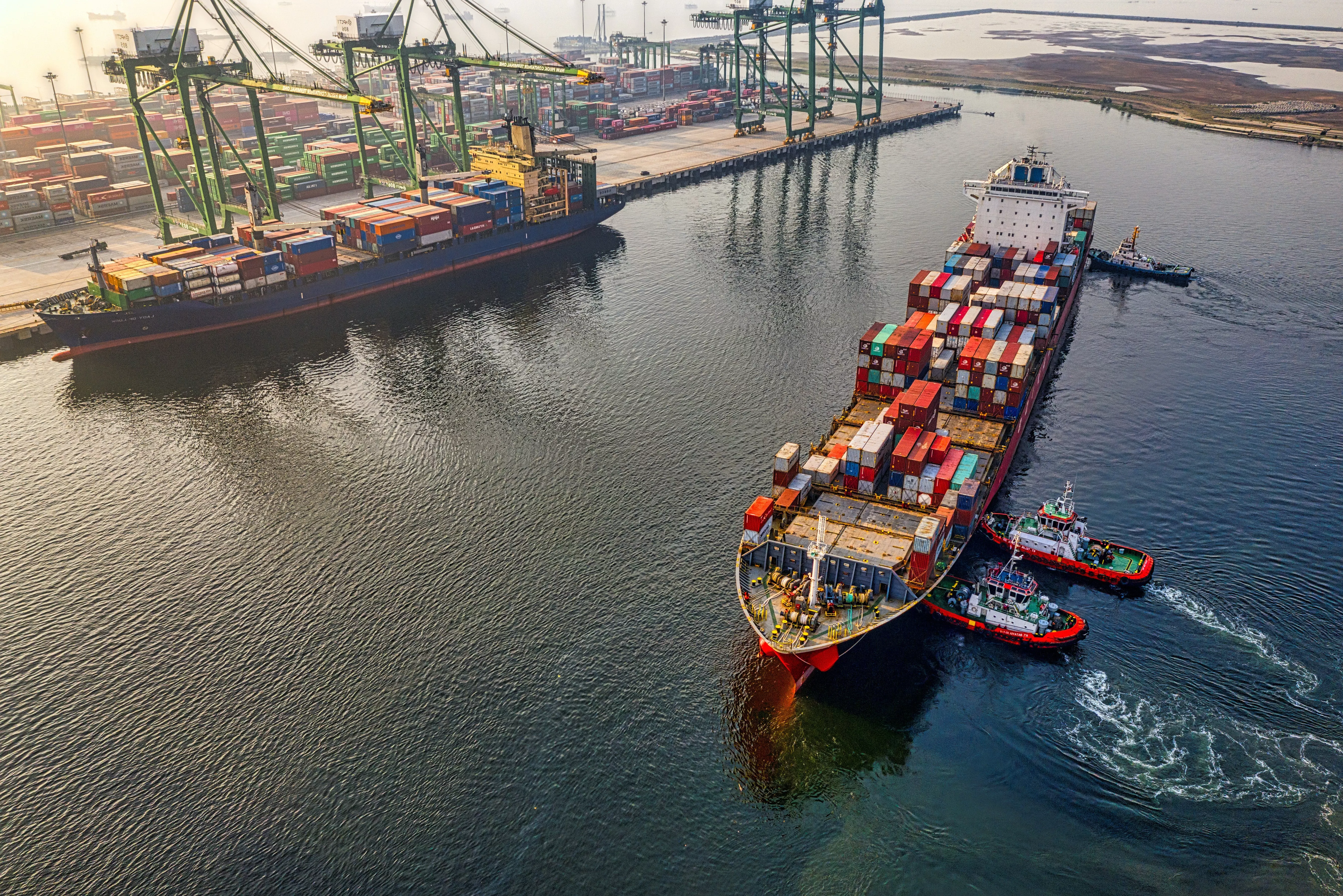Historically, seaports have played a crucial role in a state’s development, and interruption in their services has a significant impact on economics. So, it’s no surprise commercial ports are regarded as a critical transport infrastructure.

One of the most significant challenges ports face today is ongoing digital transformation. The majority of tasks carried out across a port utilize autonomous and partially automated systems, including those for managing port access, vessel berthing (bridges, locks, gates, etc.), and terminal operations (cranes, storage, etc.). Typically, these systems are overseen by specialized software and hardware: industrial cyber-physical systems, supervisory control and data acquisition systems (SCADA), and surveillance systems. To stay highly competitive, ports are now reliant on tight integration of IT and OT systems and must adapt timely to new types of maritime assets.
However, intensified digitalization has its drawbacks, as a single cybersecurity incident can shut down the entire port, which can cause a ripple effect on national critical infrastructure and disrupt the global supply chain.
Regulations and log management
At the international level, cybersecurity for the maritime ecosystem was directed in 2017 by the International Maritime Organization (IMO). Under Resolution MSC.428(98), operators should ensure their existing safety management systems address cyber-risks and cybersecurity appropriately. IMO also shared its Guidelines on Maritime Cyber Risk Management that reference additional frameworks and standards like NIST CSF; ISO/IEC 27001; The Guidelines on Cyber Security Onboard Ships produced and supported by ICS, IUMI, BIMCO, OCIMF, INTERTANKO, INTERCARGO, InterManager, WSC and SYBAss; IAPH “Cybersecurity Guidelines for Ports and Port Facilities”, and others.
Besides international regulations, local and national directives exist that drill down to a certain level of technical implementation of safeguards and countermeasures.
For the European Union, Section 5.4.9 “Detection and monitoring” of ENISA’s Good Practices for the Maritime Security recommends technical practices with events and log management:
-
TP-26. Monitor availability of the port systems and devices in real-time, where technically feasible
-
TP-27. Set up a logging system to record events related, at least, to user authentication, management of accounts and access rights, modifications to security rules, and the functioning of the port systems
-
TP-28. Set up log correlating and analysis systems to detect events and contribute to cybersecurity incident detection
The document also considers OT systems in all the security measures defined to protect maritime control systems and networks.
For the U.S., there is the Maritime Cybersecurity Assessment & Annex Guide (MCAAG) by the U.S. Coast Guard, which helps Maritime Transportation Security Act (MTSA)-regulated facilities and other Marine Transportation System (MTS) stakeholders to address cybersecurity risks. It’s NIST CSF-based and gives direct guidance on its C.13 Security Measures for Monitoring:
-
Apply DE.CM baseline controls (DE.CM-1, DE.CM-2, DE.CM-3, DE.CM-4, DE.CM-5, DE.CM-7, DE.CM-8) to ensure information systems and assets are monitored to identify cybersecurity events.
-
Implement PR.PT-1 to establish processes and procedures to ensure audit logs are enabled and to review access logs
-
Ensure all facility systems and networking devices have audit logging enabled
The complexity and diversity of port infrastructure pose a challenge for log collection and management. Various IT and OT log sources, required to be embedded into the security events pipeline, call for different techniques to get data, transform, and forward to security analysis platforms like SIEM. Many of those systems, especially legacy ones, may not provide trivial integration options nor be supported by the security platform vendor.
How NXLog Enterprise Edition helps
NXLog Enterprise Edition allows engineers to get security and operational events from diverse systems specific to sea port infrastructure, including different Windows and Linux boxes, network appliances, SCADA, and other specialized equipment. NXLog Enterprise Edition provides diversified integration technologies that help ingest log data via files, databases, and over-the-network access.
NXLog Enterprise Edition is lightweight, supports agent and agentless deployment architectures, and can be used across IT and OT infrastructure.
Recommended by industrial vendors like Siemens, NXLog Enterprise Edition offers log collection over critical systems, including those with real-time operation demands such as power automation facilities and digital power substations.
Sea port infrastructure generates numerous logs that have to be analyzed promptly. NXLog Enterprise Edition offers the best-on-the-market event processing, filtration, and normalization engine that allows you to remove log noise and increase the overall performance of the security platform (SIEM/SOAR) it feeds while saving costs by reducing number of events to be ingested (EPS).
Autonomous log collection pipelines, powered by NXLog, allows you to streamline the integration of new and legacy port systems into a robust security events management process required by maritime regulations.

